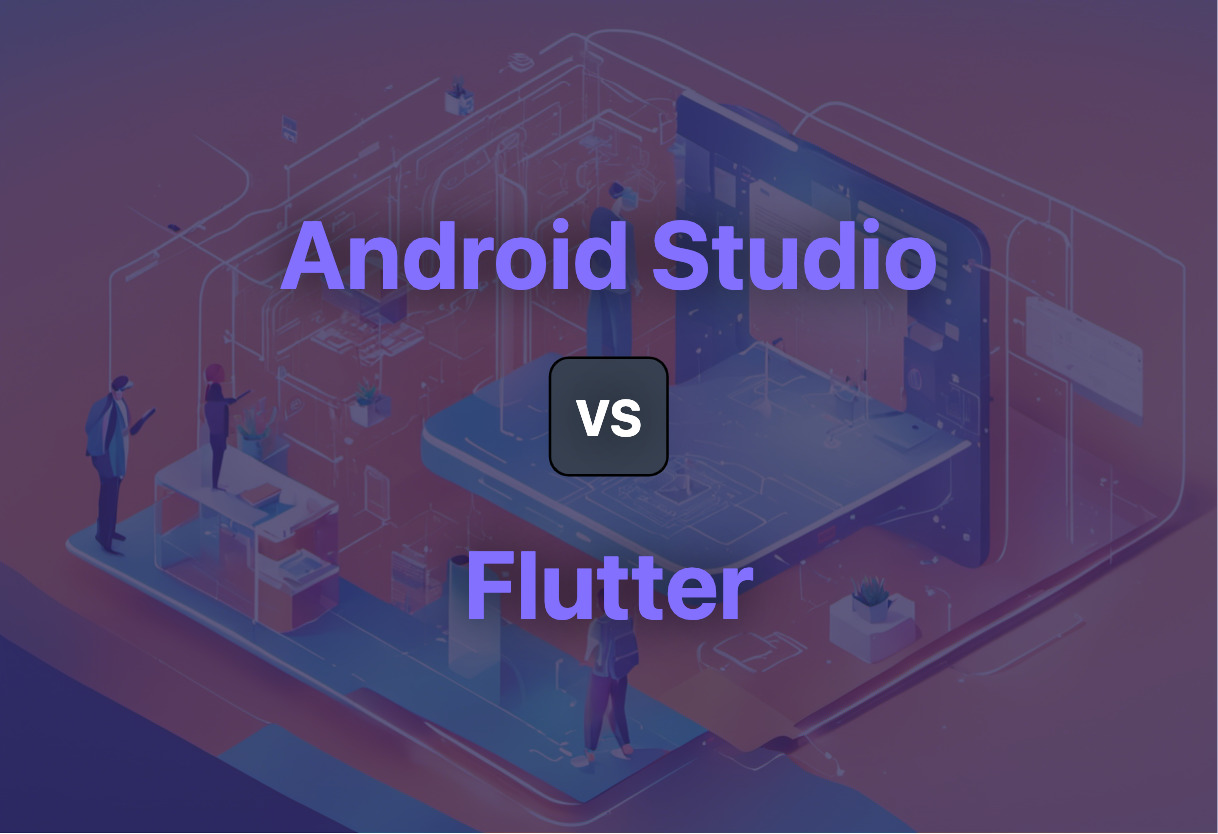
Introduction to Flutter
Flutter is a free, open-source framework developed by Google for creating natively compiled applications from a single codebase. It uses the Dart programming language, designed to be easy to learn and use, especially for developers with experience in object-oriented languages. One primary benefit of Flutter is its ability to create cross-platform applications that can run on Android, iOS, web, desktop, and even Linux platforms.
Key Features of Flutter
- Cross-Platform Development: Create applications that run on multiple platforms from one codebase, reducing development time and cost.
- Hot Reload: See changes in real-time without restarting the application, speeding up the development process.
- Dart Language: Dart compiles to native code, ensuring high performance for applications built with Flutter.
- Widget-Based Architecture: Build and manage user interfaces easily with reusable custom widgets.
- Extensive Community Support: A growing community of developers and designers contributes to Flutter's ecosystem, providing many resources for learning and troubleshooting.
Companies Using Flutter
Several well-known companies use Flutter for their mobile applications, including Google Ads, BMW, eBay, Alibaba, and Tencent. Its popularity among businesses stems from its ability to create high-performance cross-platform applications quickly and cost-effectively.
Introduction to Android Studio
Android Studio is an Integrated Development Environment (IDE) specifically designed for Android app development. Based on IntelliJ IDEA, it offers a comprehensive set of tools for building, testing, and debugging Android applications. Android Studio is part of the Android Development Environment (ADE) and includes features like Gradle-based project management, code completion, and various debugging tools.
Key Features of Android Studio
- Integrated Development Environment: Provides a wide range of tools for developing Android applications, including code completion, debugging tools, and project management.
- Gradle-Based Project Management: Uses Gradle for project management, making it easy to manage dependencies and build configurations.
- Native App Development: Specifically designed for native Android app development, offering detailed tools and features tailored for optimizing native Android applications.
- Support for Multiple Languages: Supports multiple programming languages, including Java and Kotlin, allowing developers to choose the language that best fits their needs.
- Extensive Community Support: A large community of developers contributes to its ecosystem, with official documentation and community forums providing extensive support for learning and troubleshooting.
Companies Using Android Studio
Several well-known companies use Android Studio for their mobile applications, including Google, Lyft, and 9GAG. Its popularity among businesses is due to its ability to create high-performance native Android applications with detailed tools and features.
Comparison of Flutter and Android Studio
Cross-Platform Development vs Native Development
Flutter: Optimal for cross-platform development, allowing applications to run on multiple platforms (Android, iOS, web, desktop) from a single codebase. This significantly reduces development time and cost compared to native app development.
Android Studio: Suited for specialized, high-performance Android apps with deep integration of Android-specific features. It provides detailed tools for precise Android development, which can be more time-consuming but offers better performance and functionality.
Development Resources and Expertise
Flutter: Uses Dart, which is relatively easy for developers with object-oriented language experience. The learning curve for Dart is generally lower compared to Java or Kotlin.
Android Studio: Requires proficiency in Java or Kotlin for Android app development. The documentation for Android is excellent, and the testing features are many, making it easier for developers to run tests on their applications.
Resource Availability and Hardware Requirements
Flutter: Can be less resource-intensive compared to Android Studio, requiring less powerful hardware. This makes it more accessible for developers who may not have the latest hardware.
Android Studio: Demands robust hardware due to its resource-intensive nature. It requires powerful machines to handle the complex tasks involved in native Android app development.
Time and Cost Considerations
Flutter: Enables faster development and cost-effectiveness, ideal for startups or swift MVP launches. The Hot Reload feature allows developers to see changes in real-time, significantly speeding up the development process.
Android Studio: Offers detailed tools for precise Android development, potentially more time-consuming but providing better performance and functionality. It is suitable for projects that require deep integration with Android-specific features.
Decision-Making Factors
For Cross-Platform Development:
- Flutter Excels: Allows app creation across multiple platforms (Android, iOS, web) from a single codebase.
- Advantages: Faster development, reduced costs due to code reusability.
For Android-Specific Development:
- Android Studio Superior: Tailored tools and features for optimized native Android app development.
- Advantages: Provides detailed Android-specific functionalities and performance optimization.
Final Thoughts
Choosing between Flutter and Android Studio depends on the specific needs of your project. For cross-platform applications developed quickly and cost-effectively, Flutter is the better choice. Its Hot Reload feature and ability to run on multiple platforms make it an ideal tool for startups or projects requiring rapid development.
For high-performance native Android applications with detailed tools and features, Android Studio is the better option. Its extensive community support and robust hardware requirements make it suitable for projects requiring deep integration with Android-specific functionalities.
Ultimately, the decision between Flutter and Android Studio hinges on aligning the tool’s capabilities with your project’s requirements, available resources, technical expertise, and desired project outcomes. Each platform offers distinct advantages, ensuring a smoother development journey tailored to your needs.
